Lundberg Family Farms recalled over 27,500 bags of Wild Blend Gourmet Rice. The FDA identified possible contamination from rodent parts.
This recall affects 4,600 cases distributed across several U.S. states. The FDA classifies this as a Class II recall, indicating potential temporary health risks.
Scope and Timeline of the Recall

The company initiated the recall on May 10, 2024. It covers one-pound pouches of Sustainable Wild Blend Gourmet Rice.
The FDA updated the notice on Wednesday, emphasizing potential health consequences. According to the FDA, 48% of food recalls in 2022 were due to undeclared allergens or foreign materials.
Identifying the Recalled Rice Products
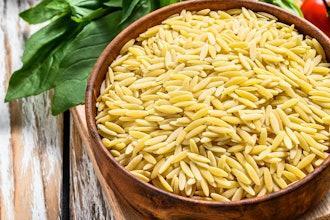
Affected products have a UPC number of 73416-00430. The lot code is 231004 with a best-by date of October 4, 2024.
Consumers should check these details to identify recalled items. The FDA’s FoodKeeper App states that dry white rice can typically be stored for up to 2 years.
Company Response to the Situation

Lundberg Family Farms issued a voluntary recall “out of an abundance of caution.” They stated that the affected product is no longer on store shelves.
No illnesses have been reported from consuming the rice. The company spokesperson emphasized that this is not a new recall.
Understanding ‘Foreign Object’ Contamination Sources
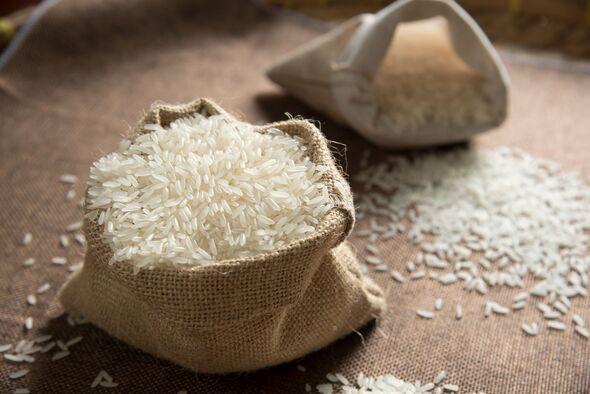
Foreign objects in food can include rodent parts, plastic, or metal. These contaminants often enter during manufacturing processes.
The USDA reported that foreign material contamination caused 34% of food recalls by unit count in 2022. Proper facility maintenance and hygiene are crucial in preventing such contamination.
Rodent Intrusion in Food Facilities
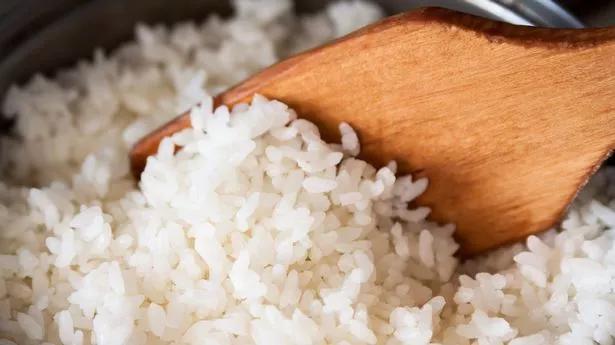
Rodents typically enter facilities through small openings or gaps. They are attracted to high-moisture areas and improperly stored food.
Dr. Ellen Shumaker from NC State University states, “They’re also attracted to areas that are not clean and organized and free of debris [or] garbage.” The CDC estimates that rodents and other pests contaminate or consume about 20% of the world’s food supply annually.
Potential Health Risks of Contamination
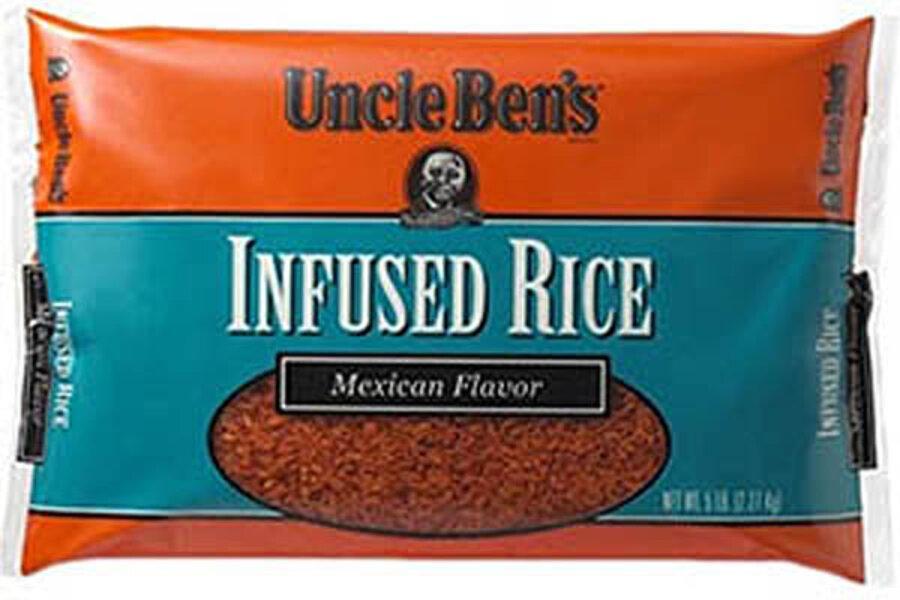
Consuming contaminated rice could lead to choking hazards. Rodents can carry diseases like hantavirus and salmonella.
Dr. Thomas Russo from the University at Buffalo notes that processing may inactivate some pathogens. The CDC reports approximately 48 million cases of foodborne illness in the U.S. annually.
Symptoms to Watch For
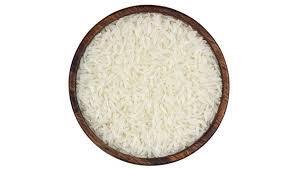
Consumers who ate the rice should monitor for fever, body aches, and rashes. These could indicate potential illness from contamination.
Dr. Russo advises seeking medical attention if symptoms develop. The FDA’s CFSAN Adverse Event Reporting System logged over 56,000 reports related to foods, dietary supplements, and cosmetics in 2022.
FDA’s Role in Food Safety
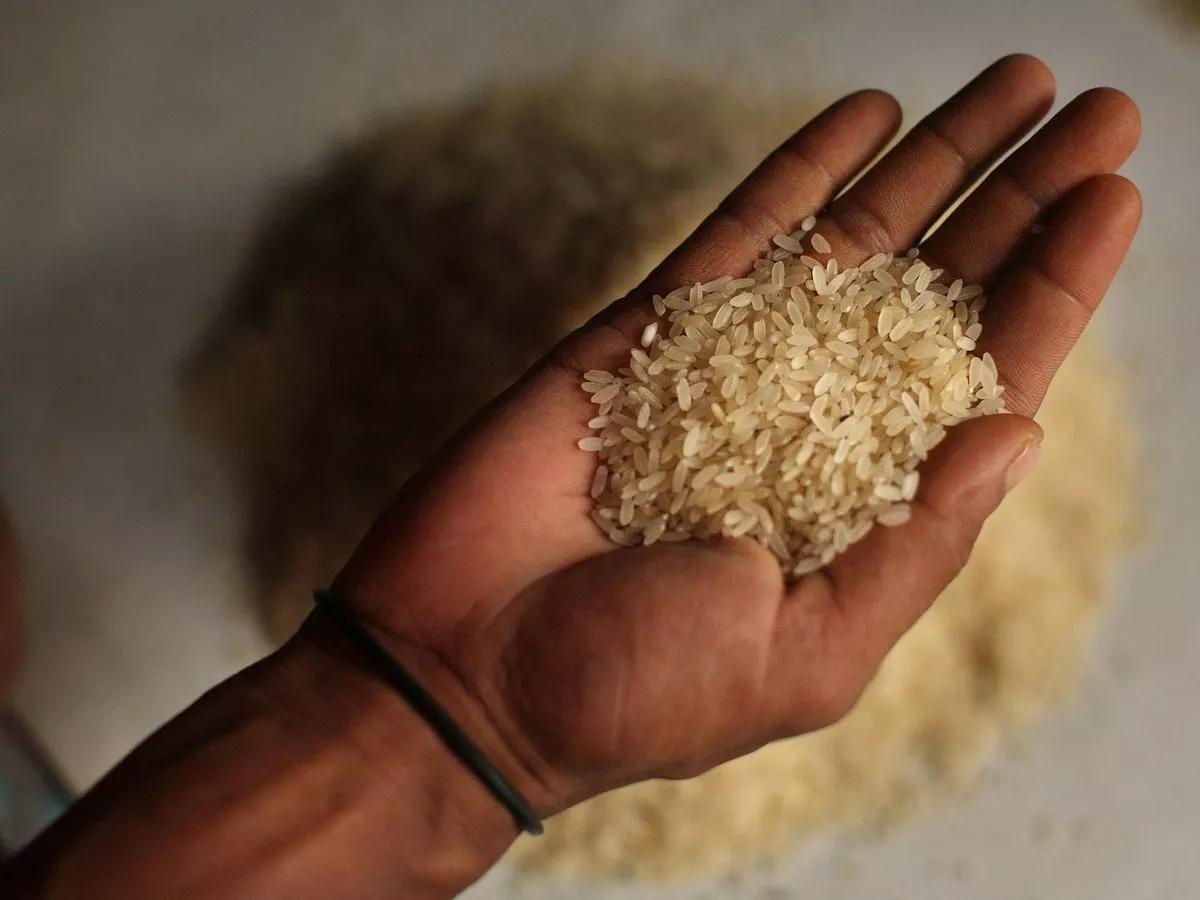
The FDA continuously monitors and updates food recalls. They classify recalls based on potential health impacts.
The agency conducted over 3,000 food safety inspections in fiscal year 2022. The FDA’s New Era of Smarter Food Safety initiative aims to reduce foodborne illness rates by 2030.
Consumer Actions and Refund Process

Consumers should discard any recalled rice products. Retailers offer full refunds with receipt presentation.
The USDA estimates that food recalls cost companies an average of $10 million per incident. Prompt consumer action helps mitigate health risks and financial impacts.

